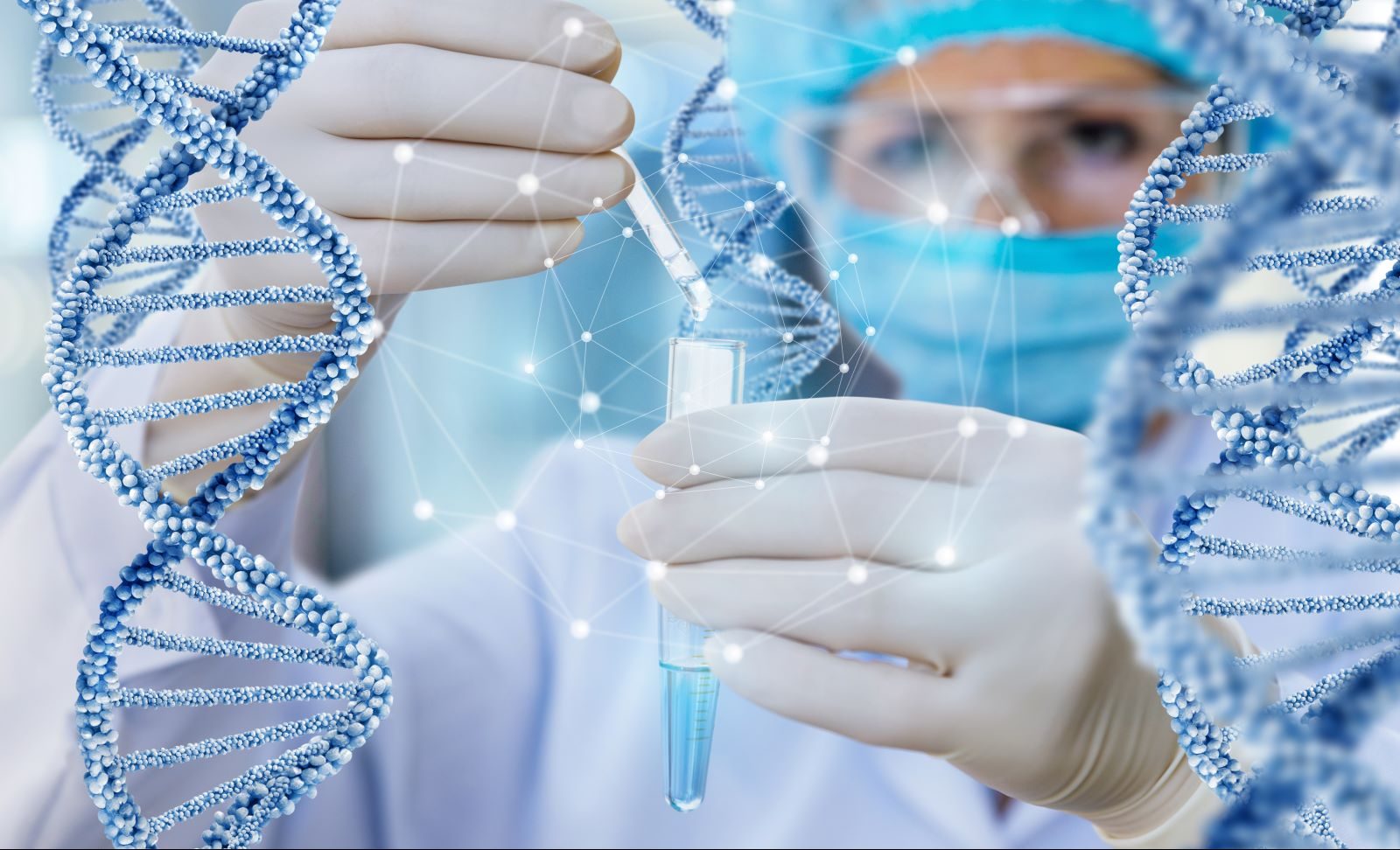Over the past several decades, it is increasingly recognized that “cancer is a genetic disease.” Gene alterations in cancer are increasingly being used to classify cancers, evaluate prognosis or directly influence treatment decisions.
The main difference between genomics and genetics is that genetics scrutinizes the functioning and composition of the single gene, whereas genomics addresses all genes and their inter relationships in order to identify their combined influence on the growth and development of the organism. Genomics includes the scientific study of complex diseases such as heart disease, asthma, diabetes, and cancer because these diseases are typically caused more by a combination of genetic and environmental factors than by individual genes.
The complexity of cancer biology and the genetic landscape underpinning it mean that progress in translating this genomic information into clinical decisions is also complex and a work in progress. However, clinical cancer management is becoming increasingly dependent on some form of genomic evaluation.
Though many cancers are the result of a hereditary predisposition, this realization also refers to the idea that genes are altered in the tissues from which cancers arise and in cancers themselves, without necessarily being inherited. The entire landscape of “normal” and “abnormal” genes in a cancer is typically referred to as the “cancer genome” and there are many different kinds of cancers, each with a unique “cancer genome.” As such, it may be more accurate to say that “cancers are genomically driven diseases.”
Each cell in the body contains two copies of the full complement of genes, one copy inherited from each parent. Genes are made up of nucleotides in a specific sequence, like letters in a long word or sentence. The genes are in turn arranged on chromosomes, like books containing the words/sentences, and housed in the nucleus of each cell, like a library. Gene sequences are transcribed in the cell to make messenger RNA (mRNA), which ultimately produces proteins. One or both gene copies may be altered in a tumor, by many different mechanisms. These include mutation (change in sequence of the nucleotides), deletion (loss of part or all of a gene/chromosome), translocation (moving one part of a gene to a location in another gene), amplification (increased copies of a gene or chromosome), or epigenetic (a regulatory mechanism such as methylation which alters gene expression). Any alteration results in a changed message, and an alteration in the amount or type of protein used to perform cellular functions, and the resultant imbalance may initiate or drive cancer growth.
Alterations or variants identified in tumors may be important for diagnosis, refining prognosis or determining specific targeted therapies, the last of which is usually the focus of “precision oncology,” whereby a precise genomic alteration may be exploited as a target, and specific treatments selected for use against specific cancers in a unique patient.
The ways in which genes can be altered are complex. As such, the ways in which such alterations are ascertained is also complex. The human genome is made up of over 3 billion nucleotides and there are an estimated 25,000 – 30,000 genes. Evaluation in the laboratory typically involves extraction of DNA and/or RNA from a sample of tumor and/or blood, sequencing on complex equipment and comparison to a reference genomic sequence, using complex computer algorithms. Without information technology and bioinformatics, the mammoth task of ascertaining genomic variants would be impossible.
Following discovery of a variant, the clinical significance needs to determined, and variants are typically determined to be pathogenic, “benign” or variants of unknown significance. “Benign” are thought to have no consequence on cellular biology and are thought to be part of natural human diversity. “Pathogenic” variants are thought to drive or contribute to the development and/or growth of tumors, and may be use as prognostic, diagnostic or therapy-response indicators. “Variants of unknown significance” are classified as such if they have not been encountered before or if their significance is unknown, and this determination may require extensive “variant curation” through interrogation of molecular databases.
“Pathogenic” variants are the most clinically significant, and these have varying levels of evidence associated with prognosis or response to therapy. Various organizations have attempted to classify them based on the level of evidence associating the variant in a particular cancer type with an outcome, such as response or resistance to a targeted therapy. Those with “strong clinical significance” may be used in treatment decisions, while those of “potential clinical significance” may be used to assign patients to clinical trials or to influence later lines of therapy. The significance of a particular variant may have “strong clinical significance” in one cancer type, but be of “potential clinical significance” in another type, as evidence has not accrued to support its use as a therapy-response indicator.
Gene expression groupings are also available to assign risk of progression, which may influence decisions to offer additional surgery, chemotherapy or radiation therapy.
Apart from testing the tumors themselves, a blood test or cheek swab may be used to compare the patient’s normal genetics to that of the tumor, to help determine which changes are “pathogenic,” or to determine if a patient has a germline predisposition, which puts them at risk of additional cancers or may confer risk to their relatives.
Additionally, tumor genomic alterations can now sometimes be determined by testing the blood with increasingly sensitive sequencing technologies, in so-called “liquid biopsy.” This may allow non-invasive monitoring of disease progression, recurrence or changing molecular landscape, which could influence the timing of treatments or a change in targeted therapy.
Currently, trends are to perform genomic evaluation on tumor cells from all advanced malignancy patients, but uptake is variable, as some tumor types have only limited or weak associations with direct clinical benefit from such evaluation. In many cases, it is not perfectly clear how to use the results of genomic evaluation, but HHC is working hard to enhance internal testing, as well as collaborate with partners to unlock the significance of a broader array of genomic findings in more cancers. Internal testing includes multiple sequencing tests, genomic arrays, in situ hybridization, cytogenetics, protein immunohistochemistry and databases to manage these, as well as an expanding array of clinical cancer research opportunities, increasingly triggered by such biomarkers. Findings may be discussed at multiple multidisciplinary tumor boards and disease management teams, including a molecular tumor board, which has increased provider genomic literacy as one of its stated goals.
Despite the complexity, the future is bright, and genomic testing may hold the key to better outcomes for cancer patients.


